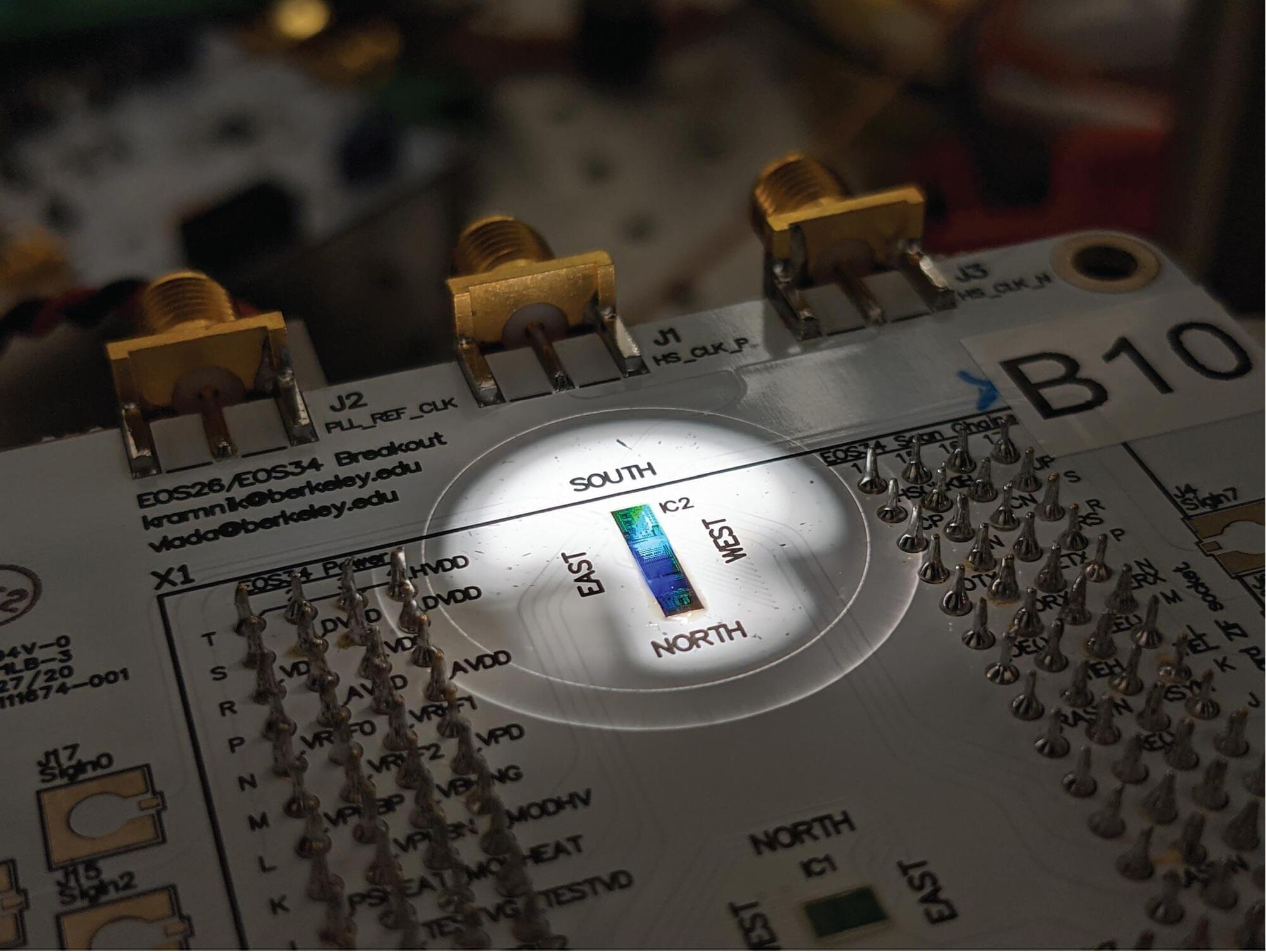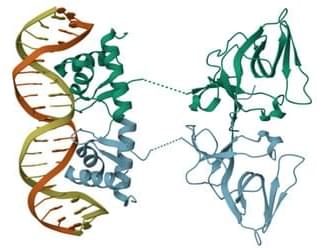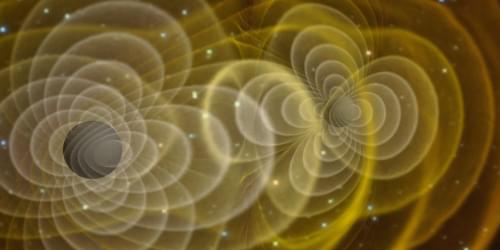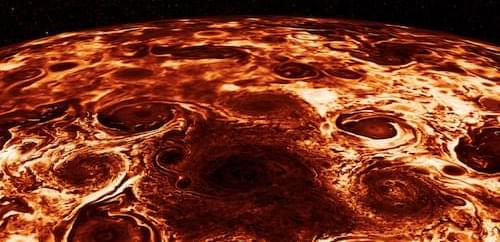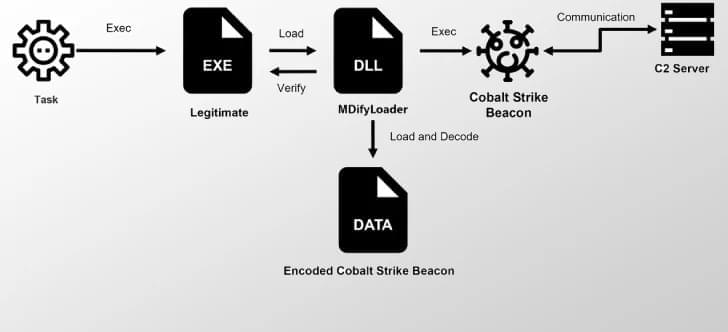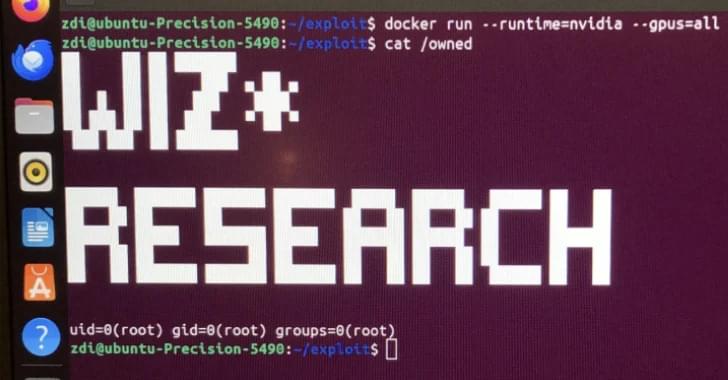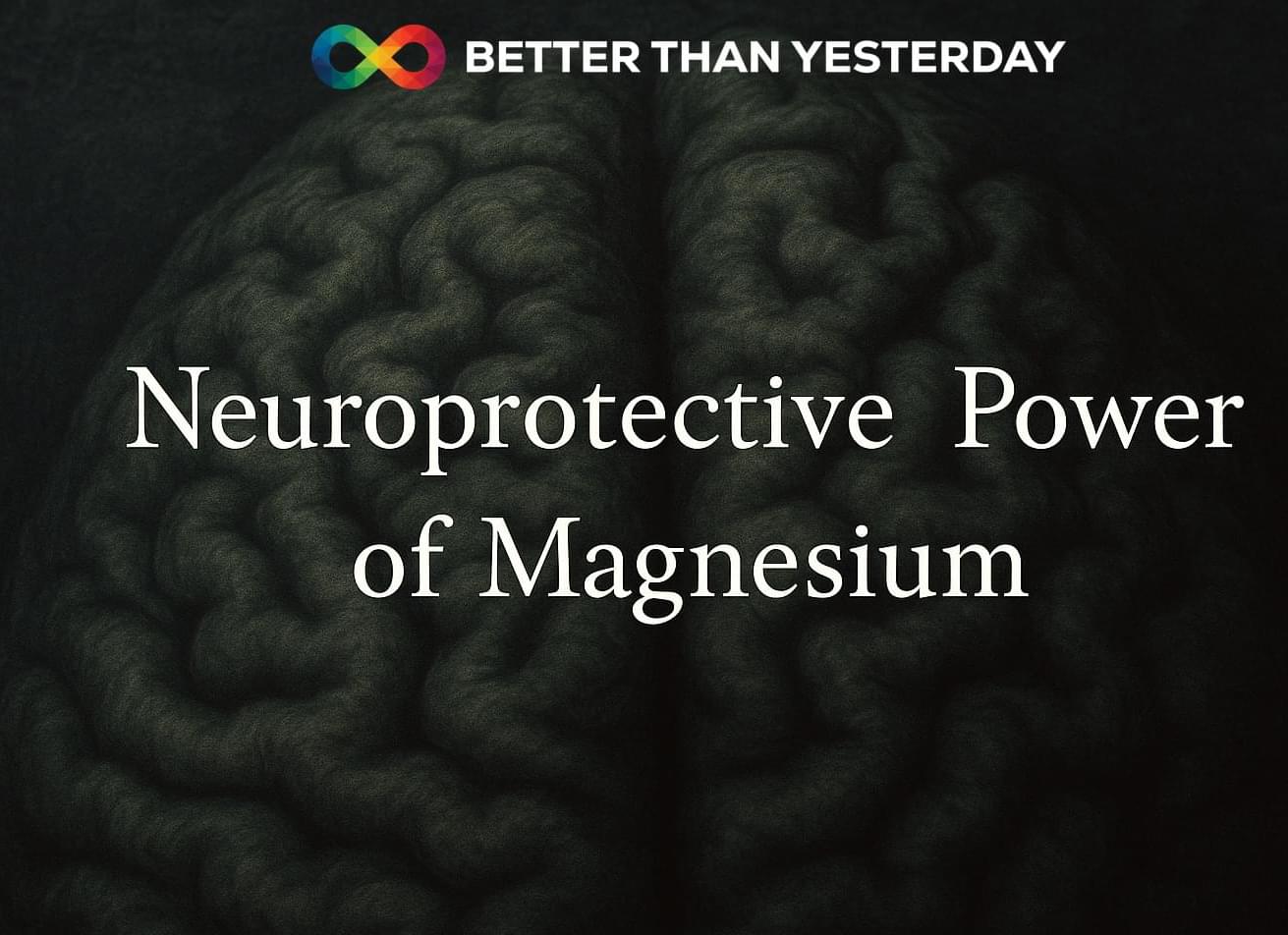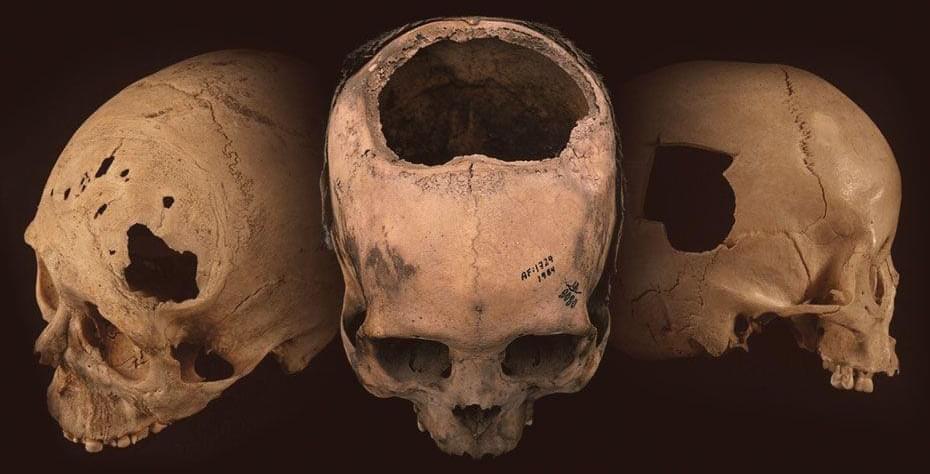A spacecraft observes a new oscillation mode in the low-density plasma.
The Juno space probe has spent the past nine years observing Jupiter and its moons. As the spacecraft’s mission draws to a close, the precession of its orbit has caused its closest approach to the gas giant to shift toward the north pole, enabling it to uncover a surprise: an unusual pattern of plasma waves in the planet’s magnetosphere. Now Robert Lysak of the University of Minnesota and his colleagues describe these waves and propose a mechanism for generating them [1]. Their theory offers a new component to include in planetary magnetosphere models and opens a new plasma regime to further exploration.
According to textbook plasma physics, collective waves of electrons in a plasma called Langmuir waves tend to oscillate parallel to magnetic-field lines at a so-called plasma frequency that’s much greater than the ions’ angular frequency around these field lines, their gyrofrequency. Meanwhile, ions tend to oscillate perpendicular to magnetic-field lines as Alfvén waves, with an upper frequency limit corresponding to the ion gyrofrequency. The waves detected by Juno, however, departed from that paradigm: The Alfven waves’ frequency extended only to the plasma frequency, which was less than the ion gyrofrequency. And the waves’ frequency never exceeded the plasma frequency.

